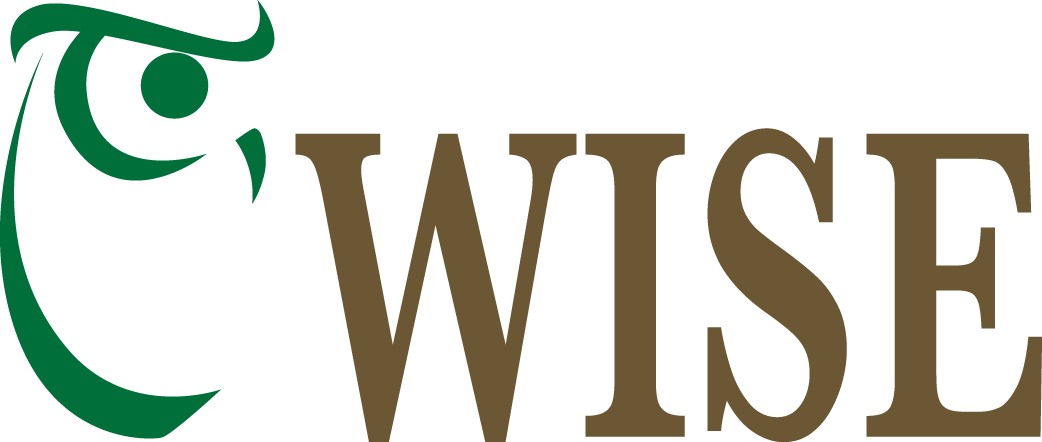|
By Janelle Eklund It was a beautiful and sunny day for the third annual Earth Discovery Day, held at Wrangell St. Elias National Park and Preserve Visitor Center on May 3. Over 124 fourth, fifth, and sixth-graders from Copper River schools attended the event, which was organized by Wrangell Institute for Science and Environment in cooperation with the National Park Service. WISE had many partners to help with the presentations, including NPS, Bureau of Land Management, Alaska Dept. of Fish and Game, Copper River Native Association, Alaska State Troopers, Bird Treatment and Learning Center, Kenny Lake Soil and Water Conservation District, National Parks Conservation Association, Cooperative Extension Service, Project Learning Tree, and Resource Conservation and Development. Presenters gave exciting lessons on leaf identification, nature observation skills, compass reading, water safety, Native subsistence activities, fish age determinations, recycling, “Leave No Trace” program for outdoor activities, protecting our watershed, and understanding the life cycles of birds. Volunteers from the Bird Treatment and Learning Center in Anchorage brought a live great gray owl, a raven, and an American kestrel to show the groups. “Bat and the Moth” and “Owl and the Raven” games provided students with an understanding of how animals and birds depend on each other in the ecosystem. Each grade had the opportunity to visit four learning stations. Students were divided into groups of 10-13 and rotated around the loop, spending 35 minutes at each station. Each student received a “Passport” booklet with questions to answer about the presentations. Student answers told a story of a day full of new learning adventures: “White spruce has longer needles than black spruce”; “The Great Gray Owl is the largest species of owls”; and “I learned that ravens are omnivores and that you can age fish by their scales”. Asked how they will use what they learned, some students wrote: “When I go camping I will keep my food in a safe place”; “I will take care of nature and recycle and try to get a job with fish”, and “I will always be safe in the water and never get lost with a compass.” The day was a big success and students and presenters said they were looking forward to another discovery day next spring. The purpose of WISE’s annual Earth Discovery Day is to provide students with a field trip opportunity in a diverse outdoor classroom setting. Students participate in activities that cultivate observation skills and an appreciation of their role in protecting the land and animal habitat around them in Alaska. These experiences weave the wonder of discovery with excitement and fun. Teachers often use Earth Discovery Day learning experiences to launch writing and research assignments on local science topics. WISE board member Wendy Langseth evaluated Earth Discovery Day presentation plans to make sure the field trip day would meet State of Alaska science education standards. WISE would like to thank all the sponsors that made this program possible: Alaska Conservation Foundation, Leave No Trace Tools for Teaching, National Park Service Park Steward Events Grant Program, Wells Fargo, and all the partners listed above. Volunteers make this program possible and WISE would like to thank the parents and chaperones for all their support. WISE raises funds each year from donations and sponsorships to provide its programs. WISE also has a lecture series. So far this year they have helped sponsor lectures on climate change, fish of the Wrangell St Elias National Park and Preserve, invasive plant species, morel mushrooms, mud volcanoes and tsunamis. This summer WISE will be helping the Park Service and Copper River Native Association with summer camps and other learning opportunities. It is nice to see local volunteers provide their time, equipment, and money to teach our children about the Copper Basin and the wonders it holds for all of us. From Left to Right-
An American kestrel spreads its wings for students. Karen Ottenbreit and other volunteers from the Bird Treatment and Learning Center brought live birds for students to view. Corey Schwanke, Fish biologist at Alaska Department of Fish and Game in Glennallen, shows students various ways to age a fish. CRNA’s Sharon Tyone and volunteer Charles Nuipok talk to Copper River students about Native subsistence lifestyles and show off some traditional handiwork made by people in the area. Doug Vollman of the Kenny Lake Soil and Water District demonstrates source and point source pollution and it’s effects on the environment. Photos by Paul Boos
0 Comments
Leave a Reply. |
Who We AreWISEfriends are several writers connected with Wrangell Institute for Science and Environment, a nonprofit organization located in Alaska's Copper River Valley. Most of these articles originally appeared in our local newspaper, the Copper River Record. Archives
August 2021
Categories
All
|
|
WISE is a
501(c)3 nonprofit organization |
Contact Us |

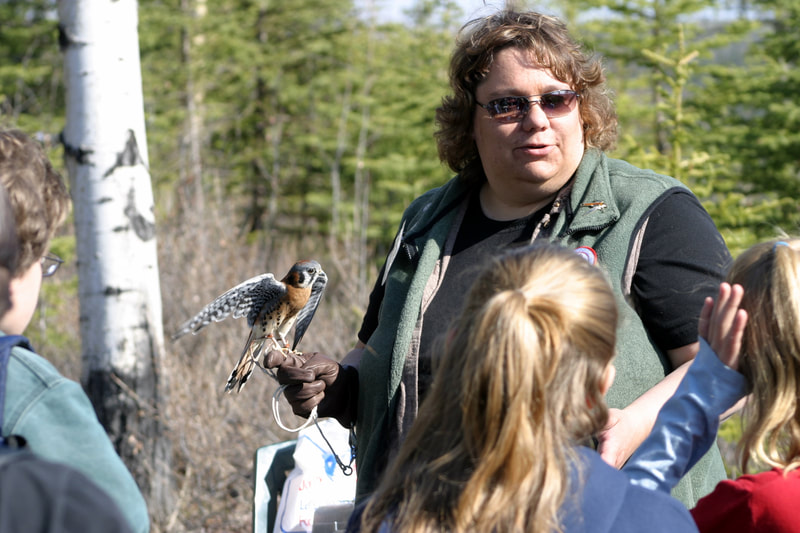
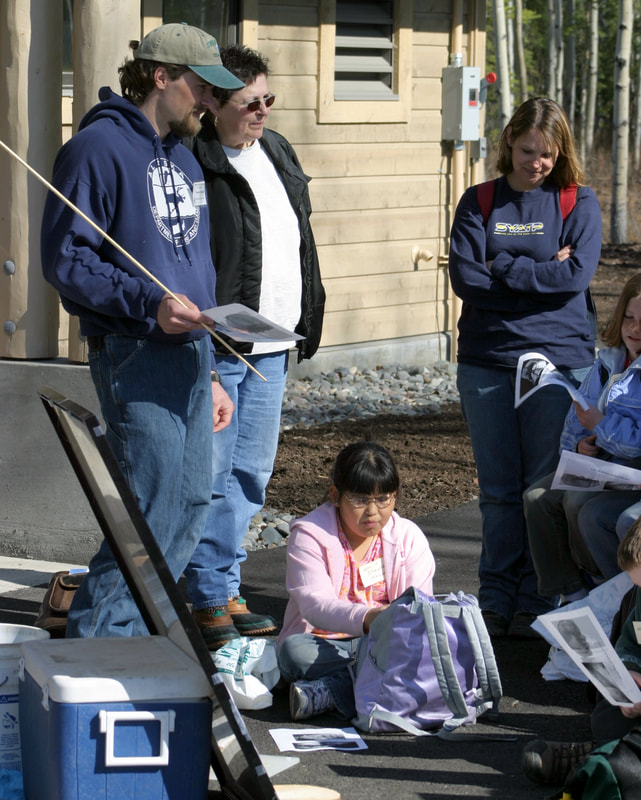
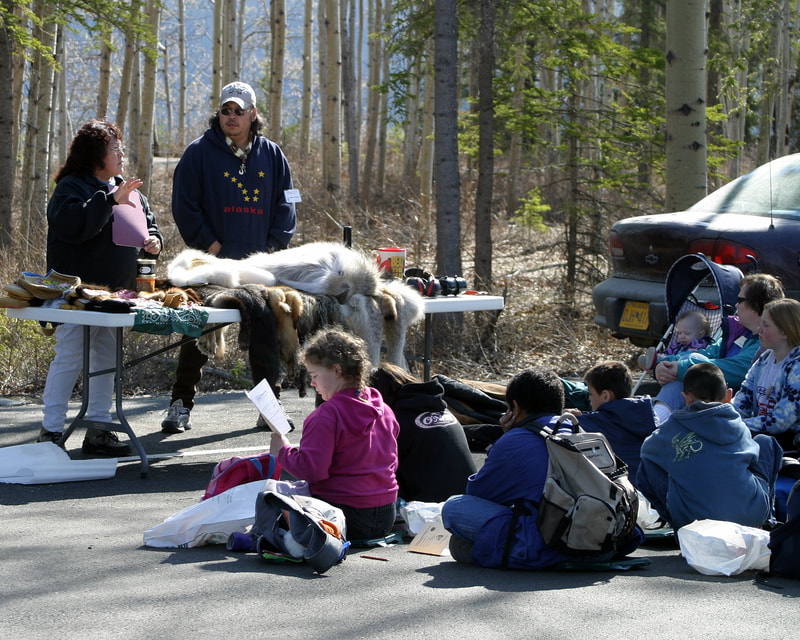
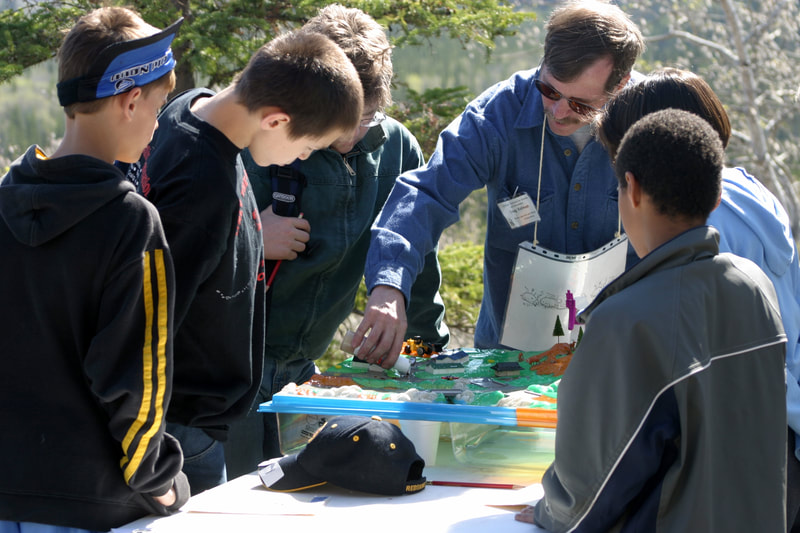
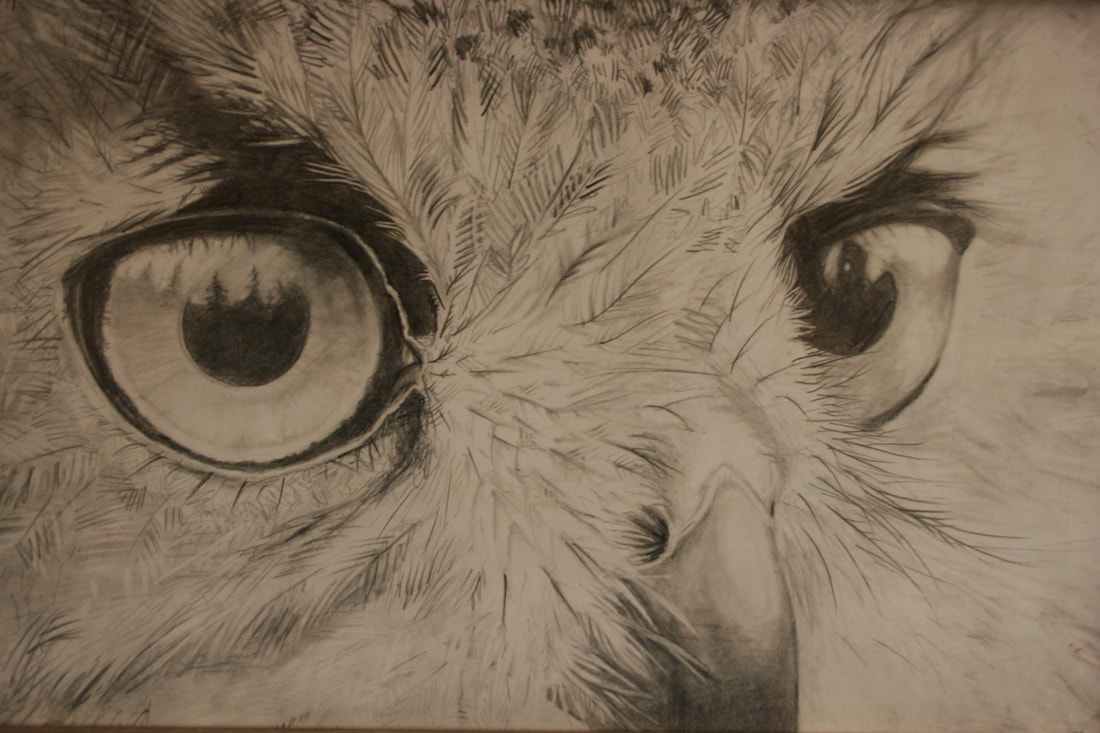
 RSS Feed
RSS Feed
